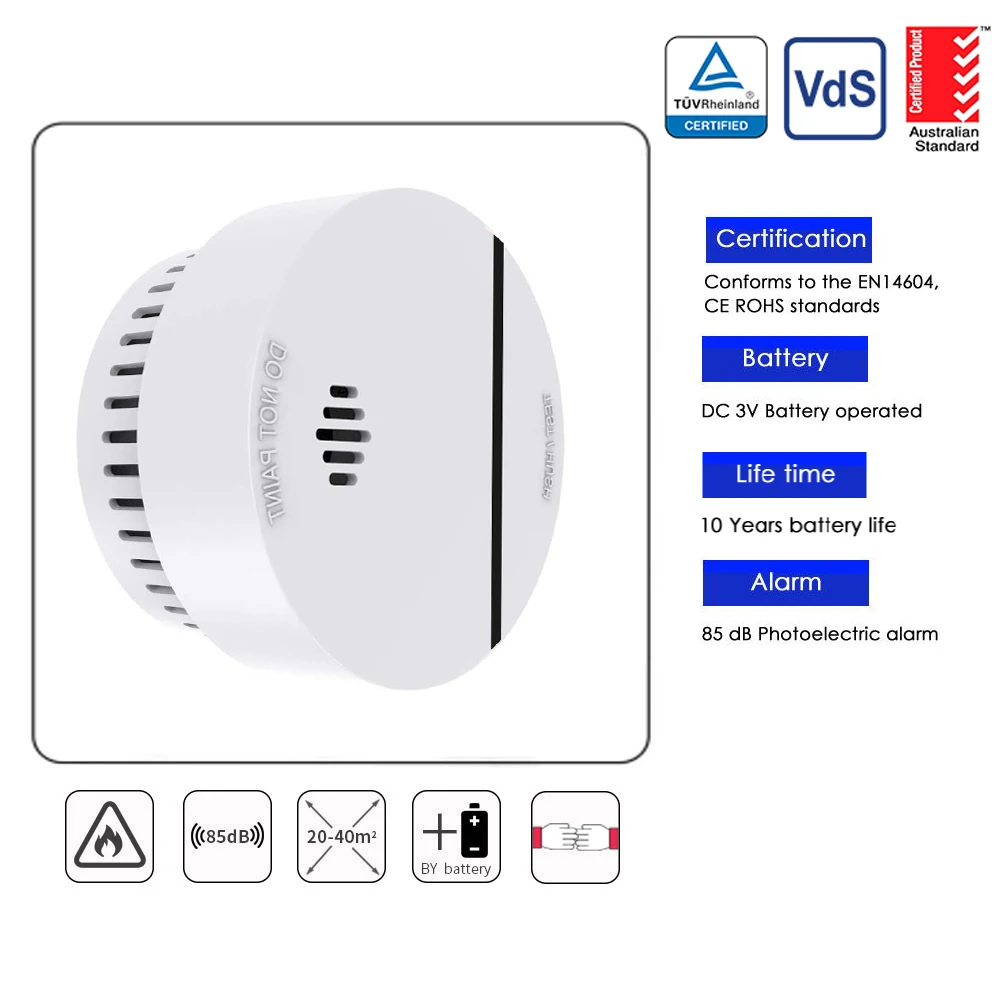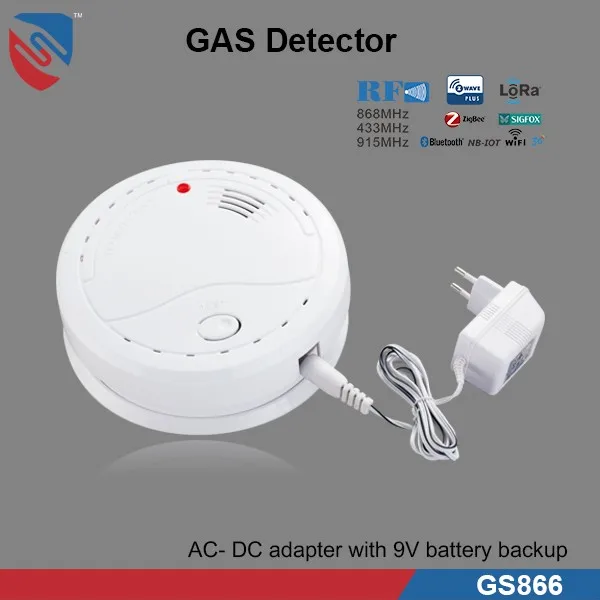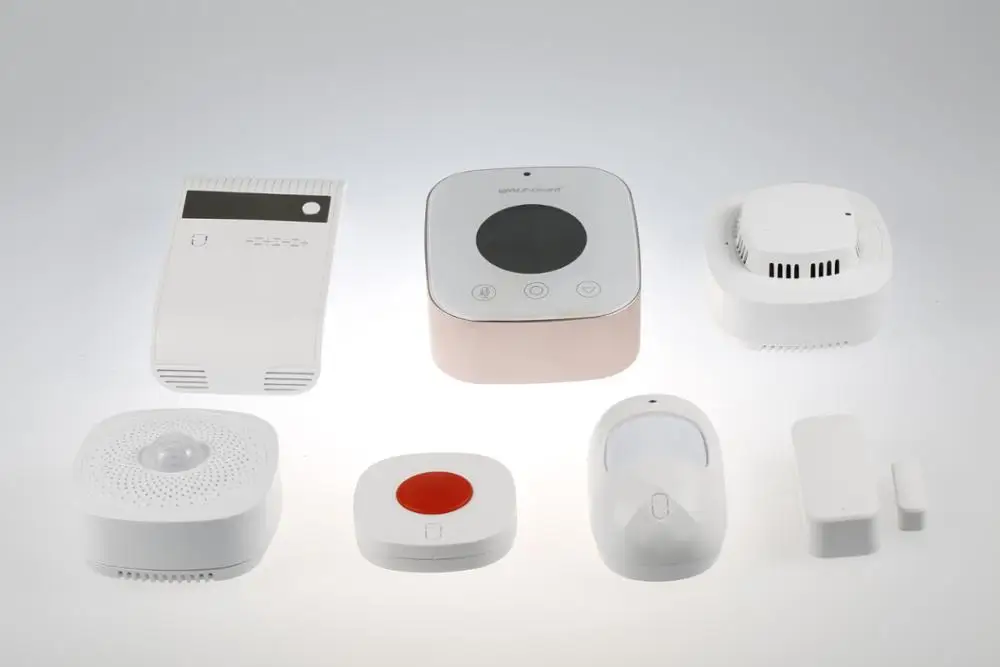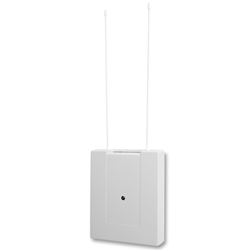


Products like this might be labeled “ZigBee-ready”.

The result is products that are broadcasting the ZigBee signal but not using the proper ZigBee software. It is possible that a product may get their hardware certified but their software is not. One certifies the hardware and one certifies the software. There are actually two levels of certification. The main cause of this has been confusion with their certification program. ZigBee’s biggest strike against it is a perceived lack of interoperability. It also runs the Z-Wave Alliance which controls the certification of all Z-Wave devices. Sigma Designs owns it and licenses the Z-Wave technology. That means it is owned and maintained by a private organization. Furthermore, as new products are released, there should be some kind of assurance that your old products will work with the new. If you buy a new home automation product, it should install in your home automation system seamlessly. In a truly smart home, your smart products need to be able to easily communicate with each other. Smart home products are supposed to make your life easier, not more complicated. Nobody wants to have a smart home that needs five different hubs and five different apps to control it. This is important to keep in mind when building your network. For that reason, battery operated devices are usually programmed not to act as repeaters. However, a device acting as a repeater will require more power. A device like that trying to maintain a WiFi connection would be dead in days.

Some devices using Z-Wave or ZigBee can run on a single coin cell battery for several years. Those devices will need to be run with batteries. There are many applications that won’t have access to hard-wired power. This is a major benefit that makes them such a popular choice for smart home devices. They use a fraction of the power required by WiFi. How Much Power Do Z-Wave And ZigBee Use?īoth ZigBee and Z-Wave are very low-power. However, you would definitely run into bandwidth problems long before you got close to that number.įor the vast majority of residential applications, neither the hop limit nor the total device limit should be a limiting factor. A ZigBee network theoretically could have some 65k devices connected to it. ZigBee networks are not limited to any specific number of hops.Ī Z-Wave network is limited to 232 total devices. Z-Wave networks support up to four hops between the controller and the destination device. A mesh network allows devices other than the hub to act as repeaters


 0 kommentar(er)
0 kommentar(er)
